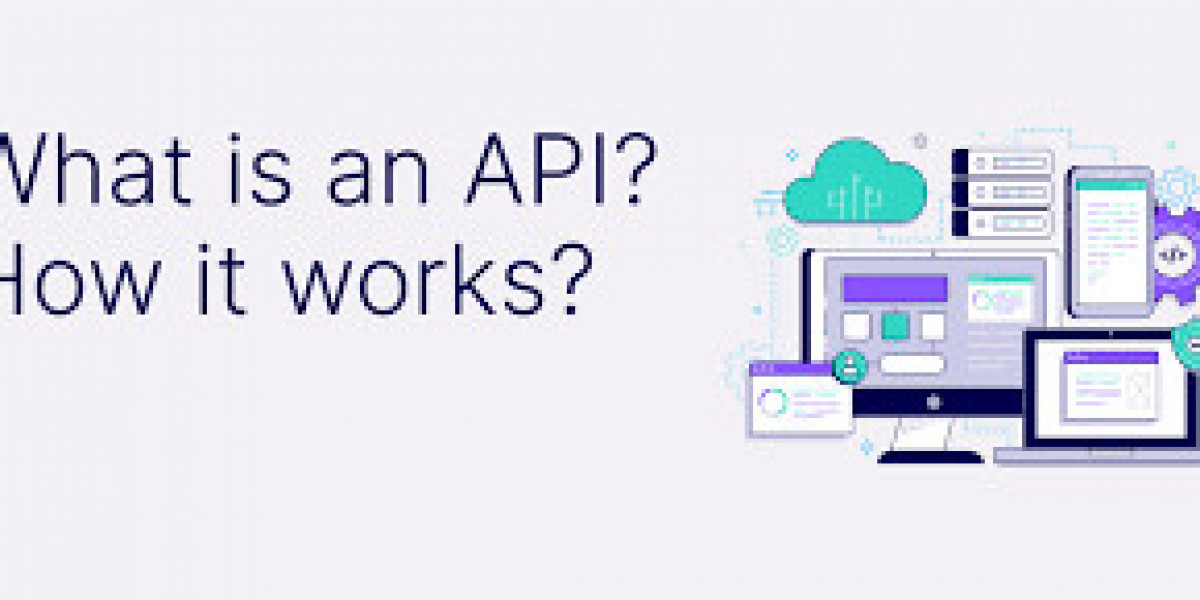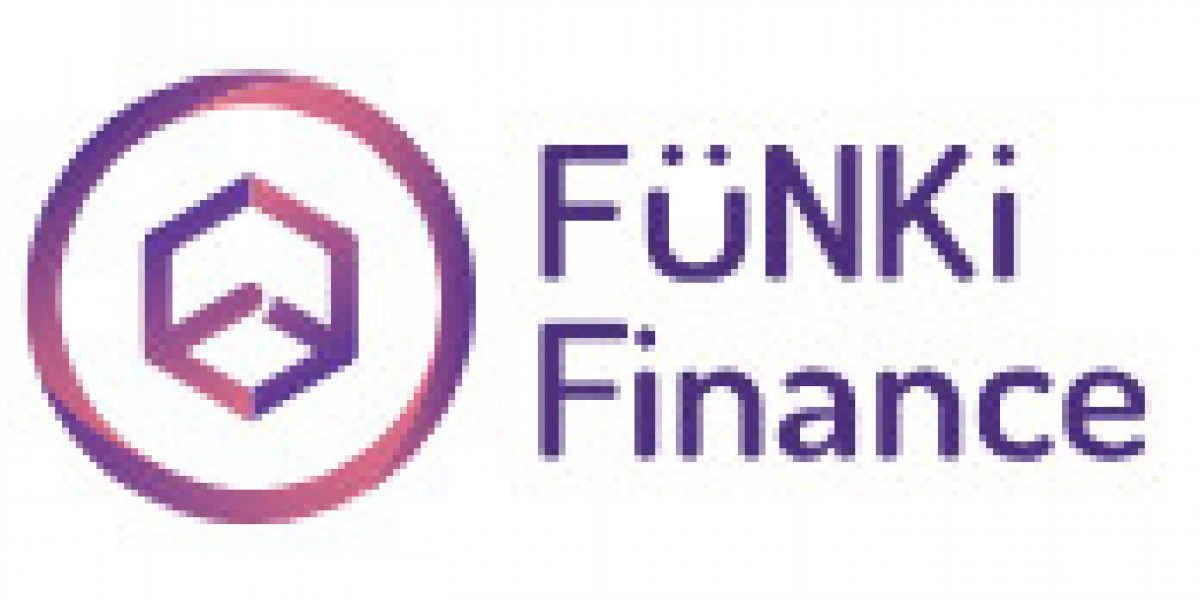API programming is an essential skill for every developer. APIs, or Application Programming Interfaces, allow different software applications to communicate with each other and exchange data. This guide will walk you through the basics of API programming, helping you get started with your own API applications. Whether you’re exploring public APIs, using a Free API key, or developing your own API for developers, this guide will provide valuable insights and tips for beginners in API programming.
What is an API?
An API, or Application Programming Interface, is a set of rules and protocols that allow software applications to communicate with each other. It defines how different software components interact, making it possible for one application to access features or data from another. For instance, when you use a mobile app to check the weather, the app is likely using a weather API to fetch real-time data from an online weather service.
APIs can be categorized into several types:
- Public APIs: These are open for anyone to use and are commonly available in API marketplaces.
- Private APIs: These are restricted to specific users or systems, often used for internal applications.
- Partner APIs: Used by business partners to share data or services.
- Composite APIs: Allow developers to access multiple endpoints in one call.
Why is API Programming Important for Developers?
As a developer, understanding API development is critical because APIs serve as the backbone of modern software applications. They allow you to integrate third-party services, automate tasks, and enhance the functionality of your applications. Whether you're working on a mobile app, web application, or backend service, using an API can greatly reduce the amount of coding required while providing access to a wealth of external data and services.
Getting Started with API Programming
If you're new to API programming, it's essential to start with a clear understanding of the process. Here's a step-by-step guide to help you get started:
1. Understand the Basics of API Calls
Before diving into development, familiarize yourself with the concept of an API call. An API call is a request made by a program to an API in order to retrieve data or perform a specific action. Typically, an API call consists of:
- Endpoint URL: The web address of the API you're interacting with.
- Method: The type of operation (GET, POST, PUT, DELETE).
- Headers: Additional information sent with the request (e.g., authentication tokens).
- Body: Data sent in the request (for POST or PUT requests).
- Parameters: Extra data sent with the request, often used to filter or modify the results.
2. Set Up Your Developer Environment
To begin working with APIs, you'll need some basic tools:
- API Software: Tools like Postman or Insomnia are excellent for testing and making API requests.
- API Keys: Many APIs require an API key for access, which serves as a form of authentication. You can obtain an API key by registering on the API Developer portal of the respective service.
- Programming Language: Most APIs can be accessed using popular programming languages like Python, JavaScript, or Ruby. For Python developers, the
requestslibrary is a great tool for making API calls.
3. Explore Free APIs
As a beginner, starting with Free APIs is an excellent way to practice your skills without any financial commitment. There are numerous free public APIs available that offer a wide range of data and services. Some of the best sources to find Free APIs include:
- RapidAPI: A popular API marketplace that lists both free and paid APIs.
- GitHub: You can find numerous open-source APIs here, which can be great for learning.
- API directory websites: Many websites list public APIs that developers can use for free.
Some examples of best free APIs include weather APIs, currency exchange APIs, and news data APIs.
4. Learn How to Authenticate and Use API Keys
One critical aspect of working with APIs is authentication. Most API development services require you to use an API key to verify your identity and track usage. This key is typically generated when you sign up for an API, and it should be included in your requests for access. Make sure to keep your API key secure, as it provides access to your account and usage limits.
5. Understand Rate Limits and Quotas
Many APIs, especially public APIs, have rate limits to prevent abuse. Rate limits specify how many requests you can make within a given period (e.g., 1000 requests per hour). Be mindful of these limits when working with APIs to avoid service disruptions. Some APIs provide Free API keys with limited usage, so consider upgrading to paid plans if you need more access.
6. Start Building Your Own API
Once you're comfortable with consuming APIs, you can start learning API development. Building your own API can be a rewarding experience, allowing you to share your services or data with others. There are several frameworks and libraries for building APIs:
- Flask and Django for Python developers.
- Express.js for Node.js developers.
- Spring Boot for Java developers.
Common Uses of APIs for Developers
APIs can be integrated into your applications to achieve various functionalities:
- API Access to Databases: APIs can connect your app to external databases, enabling dynamic content and real-time data retrieval.
- API Integration for Payments: APIs like Stripe or PayPal provide a way to integrate payment gateways into your application.
- Social Media APIs: APIs from platforms like Facebook, Twitter, and Instagram allow you to interact with social media content and automate posting.
API Marketing and Monetization
If you decide to build an API, you might be interested in API marketing or monetizing it. Offering your API through the best API marketplace can expose your API to a broader audience. Additionally, you can monetize your API by offering a paid tier with added features or access limits. For example, if you're building a communication service, integrating a free email API can be an attractive option. It allows developers to add email functionalities to their applications without the upfront costs, and later you can provide advanced email features through a paid tier, increasing the value of your API.
Conclusion
API programming is an essential skill for any modern developer, allowing you to integrate with third-party services, automate tasks, and create powerful applications. Whether you are just starting with free APIs or planning to build your own, understanding the basics of API development and the role of API keys is crucial. By using public APIs and exploring the best API marketplaces, you can quickly gain experience and unlock endless possibilities for your development projects. Keep learning, experimenting, and building—APIs are the future of software development, and the potential for innovation is limitless.










